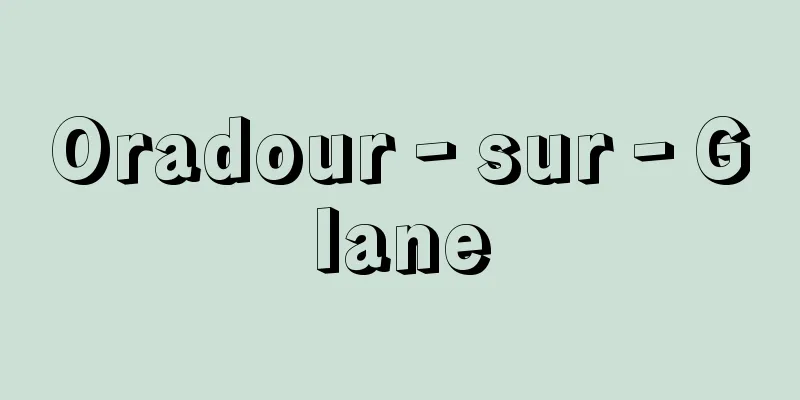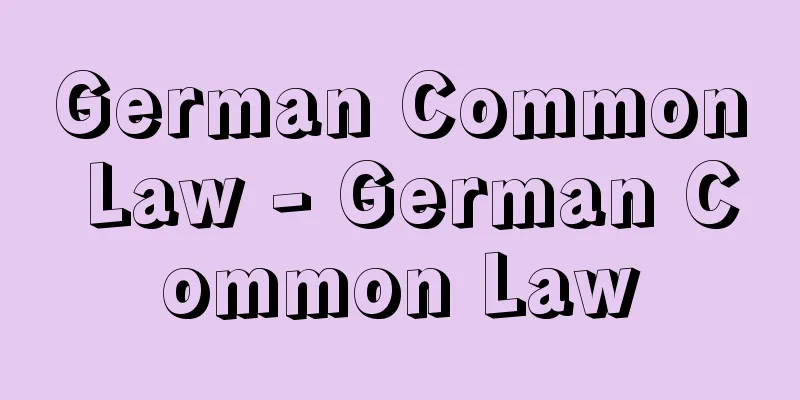Volan

|
[ I ] This refers to the mononuclear boron hydride BH3 . However, no stable BH3 has been obtained. However, its derivatives, such as B( CH3 ) 3 , B( C6H5 ) 3 , and BCl2C2H5 , are stable, so these are sometimes included. [ II ] A general term for boron hydrides that contain multiple B. Many neutral BmHn have unique cluster structures. Including isomers, about 35 types have been identified to date. It can also include various derivatives in which these Hs are replaced with halogens or organic groups. In addition, there are BmHnp - type anions and salts that contain them. [ III ] A compound (heteroborane) in which some of the B in a BmHn cluster has been replaced with atoms of another type. In the broad sense, boranes include those in which B has been partially replaced with C (carbaboranes), those in which B has been partially replaced with nonmetallic elements other than C (for example, azaboranes (N), phosphaboranes (P), thiaboranes (S)), and those in which B has been partially replaced with a metal (metallaboranes). In addition, they can also include metal complexes with borane or its anion as a ligand. There are also metallacarbaboranes in which B in a carbaborane has been replaced with a metal, and metallaheteroboranes in which B in a borane substituted with another element has been replaced with a metal. These boranes have a unique structure, and their research has contributed to the research and development of similar compounds such as metal clusters. Research into their synthesis and bonding was started by A. Stock in 1910, and he and his colleagues obtained BmHn ( n = 2, 4, 5, 6, 10 ), among others. In 1976, WN Lipscomb was awarded the Nobel Prize in Chemistry for his research into the structure and bonding of boranes. Boranes have a higher heat of combustion per mass than hydrocarbons, and attracted attention as fuel for rockets and other vehicles, leading to industrialized production and accelerating research. Cluster-type BmHn has a unique structure, and the H number n cannot be uniquely determined from the B number m . The structure is explained by Wade's rule. Therefore, the name is usually given with the type of structure at the beginning and the number of hydrogen atoms ( n ) at the end (for example, nido -pentaborane (9)). The symbols for the structure are listed below. (5) A dumbbell-shaped structure with two closed skeletons, each with a bond between the B atoms at one vertex, is indicated by conjuncto -. For example, conjuncto -1,-1-decaborane (16) is a square pyramidal structure with the B atoms bonded to each other at the vertices of two B 5 H 8 units . Many of the large borane molecules with n ≧12 are of this conjuncto - type. B 2 H 6 can be obtained by the reaction of NaBH 4 with BF 3 or LiAlH 4 with BCl 3. In the past, high-temperature pyrolysis of B 2 H 6 was used industrially to synthesize higher boranes. However, now that metal tetrahydroborates are easy to synthesize, they can be used as raw materials to produce higher boranes in good yields at room or low temperatures. The structure is a unique cage-shaped oligomer structure, and in addition to the usual BB and BH bonds, it also contains two-electron, three-atom bonds, such as B...H...B. Boranes with small B numbers m are particularly active, but B 2 H 6 , B 5 H 9 , and B 6 H 10 are stable in a closed vessel at 25 °C. B 5 H 9 and B 10 H 14 do not decompose until about 150 °C. B 4 H 10 , B 5 H 11 , and B 8 H 12 are unstable even at room temperature in a closed vessel. Many of them are easily oxidized in air; B 2 H 6 reacts explosively when exposed to air, and B 5 H 9 and B 5 H 11 also ignite immediately. B 6 H 10 and the like react slowly, while B 10 H 14 and the like are stable even in air. Furthermore, many of those with a B number m > 12 are solids and stable in air. All of them are highly reactive with oxygen, and generate more heat when burned than the same mass of hydrocarbon. Many boranes act as Bronsted acids and form addition compounds with Lewis bases. They undergo addition reactions with alkenes. Example: CH 3 CH=CH 2 + B 2 H 6 → CH 3 CH 2 CH 2 BH 2 , (CH 3 CH 2 CH 2 ) 2 BH, (CH 3 CH 2 CH 2 ) 3 B It also produces metallaboranes with metal complexes and carboranes with alkynes. It is used as rocket fuel, a raw material for manufacturing higher boranes, carbaboranes, metallaboranes, and organoboranes, and as a reagent for organic synthesis (hydroboration, reducing agent, etc.). Source: Morikita Publishing "Chemical Dictionary (2nd Edition)" Information about the Chemical Dictionary 2nd Edition |
|
【Ⅰ】単核の水素化ホウ素BH3のこと.ただし,BH3は安定なものは得られていない.しかし,その誘導体,たとえばB(CH3)3,B(C6H5)3,BCl2C2H5などは安定で,これらを含めることもある.【Ⅱ】複数のBを含む水素化ホウ素の総称.中性のBmHnは,特異のクラスター構造のものが多い.異性体も含めて,現在約35種類が確認されている.さらにこれらのHをハロゲンや有機基で置換した各種の誘導体も含めることがある.このほかに,BmHnp-型の陰イオンや,それを含む塩も存在する.【Ⅲ】BmHnクラスターのBの一部を他種の原子で置換した化合物(ヘテロボラン).広義のボラン類には,Bの一部をCで置換したもの(カルバボラン),Bの一部をC以外の非金属元素で置換したもの(たとえば,アザボラン(N),ホスファボラン(P),チアボラン(S)など),Bの一部を金属で置換したものを(メタラボラン)などがある.このほか,ボランまたはその陰イオンを配位子とした金属錯体なども含めることもある.また,カルバボランのBを金属で置換したメタラカルバボラン,ほかの元素で置換したボランのBを金属で置換したメタラヘテロボランなどもある. これらのボラン類は,特異な構造をもち,その研究は金属クラスターなど類似化合物の研究開発に貢献している.その合成と結合の研究は,1910年,A. Stockによってはじめられ,かれとその共同研究者によって,BmHn(n = 2,4,5,6,10)などが得られた.また,ボラン類の構造と結合に関する研究では,1976年にW.N. Lipscomb(リプスコム)がノーベル化学賞を受賞している.ボラン類は,炭化水素に比べて質量当たりの燃焼熱が大きいことで,ロケットなどの燃料として注目を集めたため,製造も工業化され,研究も加速された.クラスター型のBmHnは,特異な構造をもち,B数mからはH数nは一意的には決まらない.その構造はウェイド則で説明される.したがって,名称は前に構造の種類を付し,後に(n)で水素数を付すのが普通である(たとえば,nido-ペンタボラン(9)).構造の記号を以下に記す. (5)閉じた骨格が2個,両方の1頂点のB間が結合したダンベル型のものを,conjuncto-で示す.たとえば,conjuncto-1,-1-デカボラン(16)は,2個の四角すい型のB5H8の頂点B間が結合した形である.n≧12の大きな分子のボランの多くはこうしたconjuncto-型である. B2H6は,NaBH4とBF3,またはLiAlH4とBCl3との反応などで得られる.高次ボランの合成は,以前はB2H6などの高温熱分解が工業的にも行われた.しかし,いまは金属テトラヒドロホウ酸塩の合成が容易になったので,それを原料として常温や低温で収量よくつくられている.構造は,特異のかご形のオリゴマー構造で,結合は普通のB-B,B-Hのほかに,二電子三原子結合,B…H…Bなどを含む.とくにB数mの小さいものは活性であるが,B2H6,B5H9,B6H10などは25 ℃ で密閉器中では安定である.B5H9,B10H14などは約150 ℃ まで分解しない.B4H10,B5H11,B8H12などは,密閉器中室温でも不安定である.空気中では酸化されやすいものが多く,空気に触れるとB2H6は爆発的に反応し,B5H9,B5H11などもすぐに発火する.B6H10などは反応が遅く,B10H14などは空気中でも安定である.さらにB数のm > 12のものの多くは,固体であり空気中でも安定である.いずれも酸素との反応性は大きく,同質量の炭化水素より燃焼時の発熱量が大きい.多くのボランは,ブレンステッド酸としてはたらき,ルイス塩基とは付加化合物をつくる.アルケンとは,付加反応を起こす. 例:CH3CH=CH2 + B2H6 → CH3CH2CH2BH2, (CH3CH2CH2)2BH,(CH3CH2CH2)3B また,金属錯体とメタラボランを,アルキンとカルボランをつくる.ロケットの燃料,高次ボラン,カルバボラン,メタラボラン,有機ボランなどの製造原料,有機合成などの試薬(ハイドロホウ素化,還元剤など)などに用いられる. 出典 森北出版「化学辞典(第2版)」化学辞典 第2版について 情報 |
<<: Bolān Pass (English spelling)
Recommend
Balikpapan - Balikpapan (English spelling)
A city on the east coast of Kalimantan (Borneo), ...
Nakajiroshitaba (English spelling) Sweet potato leaf worm
A moth belonging to the family Noctuidae, order L...
Umm Kulthūm
1908‐75 Egyptian female singer. She learned tradit...
Stock selection - Kabusenbatsu
...selecting individuals with desired characteris...
Orihon - Orihon
A book bound by folding a scroll to the same widt...
Industrial location - Kougyourich
Selecting a location that has the natural, social,...
San Francisco International Airport
...Although traffic volume is low, it is the thir...
Uhanza - Hot rice seat
...Meimuro is another name for a greenhouse for w...
Chameleon water - Chameleon solution
Originally, it was a green aqueous solution of man...
Jibāl Nabulus (English spelling)
... A series of limestone hills with elevations o...
Right to life
The right to demand the assurance of the conditio...
Trionychidae
…the name of a group of soft-shelled turtles belo...
Innocent - Innocent
A case where the accused is not found to have comm...
Shi Tong - Shitsuu
A history book from the Tang Dynasty in China. Wr...
Hidehira the Elder of Oshu
...Ichiwaka Seppuku), Kamabuchi Futatsudomoe (173...









